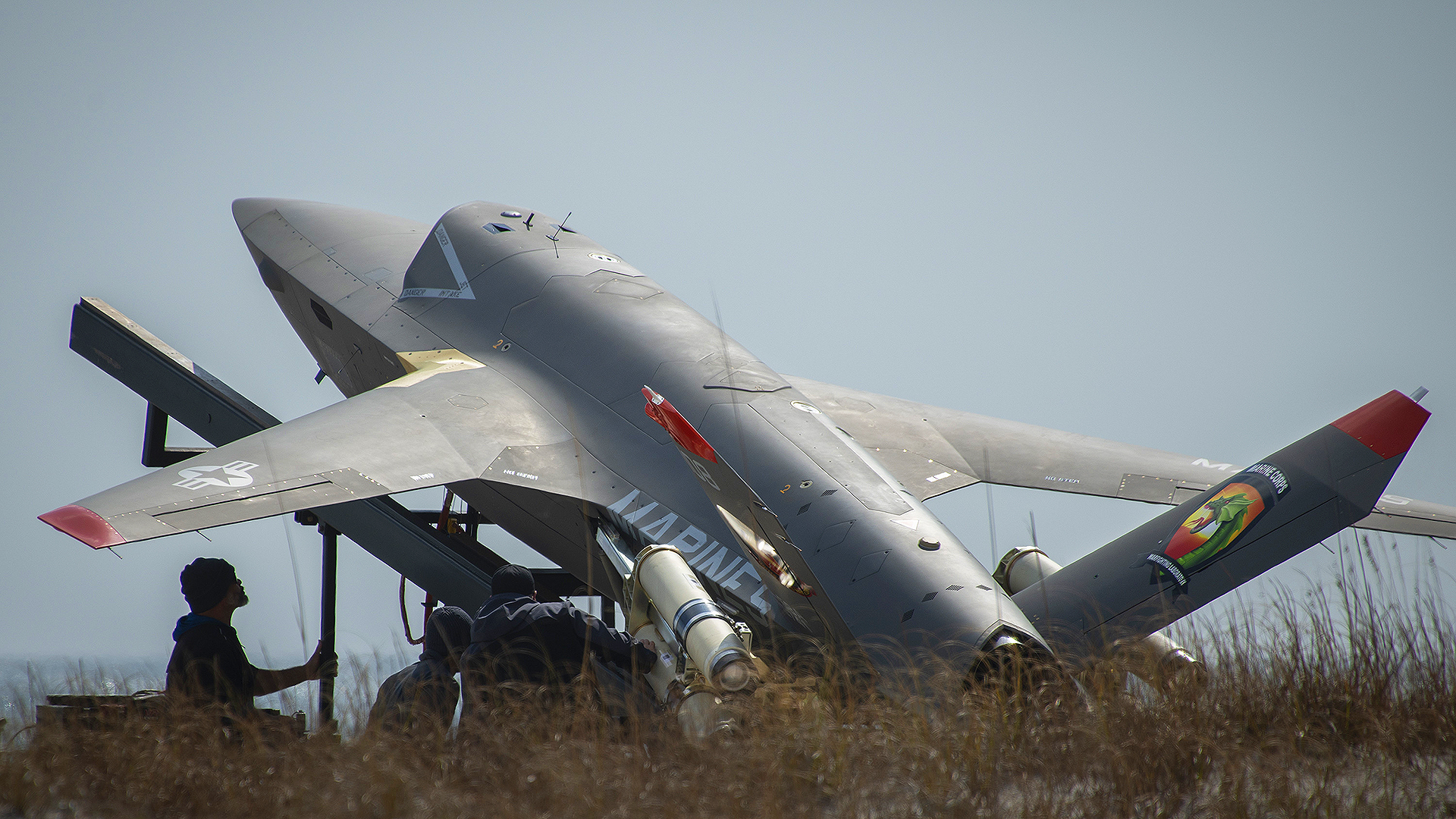We now have more clarity on the U.S. Air Force’s plans for its second tranche of Collaborative Combat Aircraft (CCA) drones, known as Increment 2. This includes the likelihood that each CCA Increment 2 drone will cost less than was previously expected, as well as the increasing likelihood of its integration with assets in addition to fighters, including the B-21 stealth bomber and E-7 airborne early warning and control (AEW&C) aircraft.
The information was provided by Maj. Gen. Joseph D. Kunkel, director of Force Design, Integration, and Wargaming and deputy chief of staff for Air Force Futures. Kunkel was speaking today at the Warfighters in Action virtual Q&A organized by the Air and Space Forces Association.
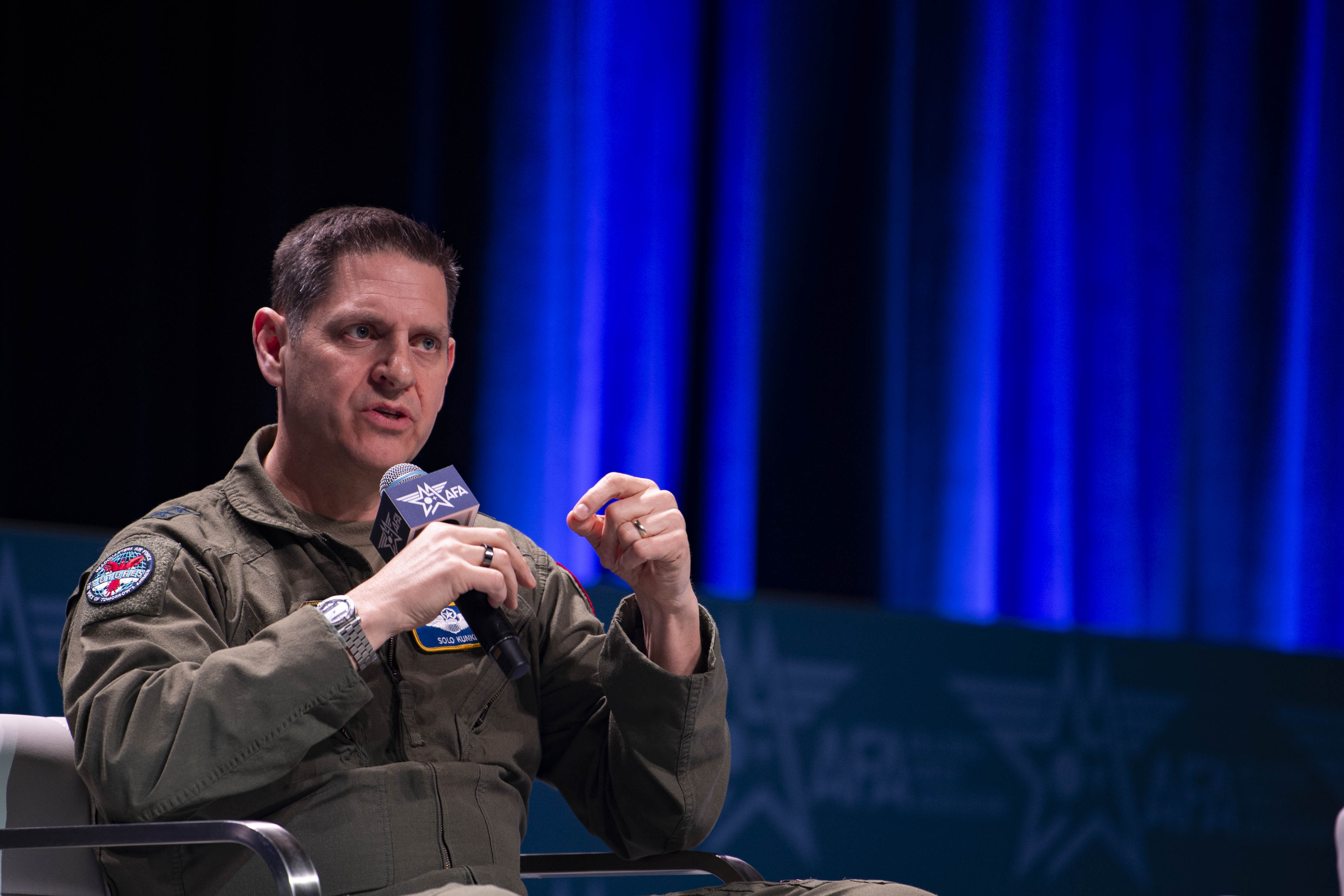
Kunkel confirmed that the Air Force is currently looking more deeply at the requirements for CCA Increment 2, noting that this contrasts with its approach to Increment 1, which focused on rapidly bringing a capability into service.
The Air Force expects to buy between 100 and 150 Increment 1 CCAs, but has said in the past that it could ultimately acquire at least a thousand CCA drones across all of the program’s increments. The service’s stated initial focus is on acquiring CCAs that can act as weapons ‘trucks,’ electronic warfare platforms, and sensor nodes, to augment crewed tactical combat jets, but there is also significant potential for drones that can fulfill roles additional to these.
“What we wanted to do with CCA Increment 1 was speed the field,” Kunkel said. “How quickly can we field this? And so we’ve got a capability that’s going to field very quickly. We’re flying the first things this summer, which is absolutely incredible from a timeline perspective, as we continue to do analysis.”
The Air Force has chosen to build two different drones for CCA Increment 1, which are being developed by General Atomics and Anduril as the YFQ-42A and YFQ-44A, respectively. These are the U.S. military’s first-ever ‘fighter drone’ designations. The Increment 1 CCAs are expected to work closely together with crewed combat jets, primarily in the air-to-air combat role, at least initially.
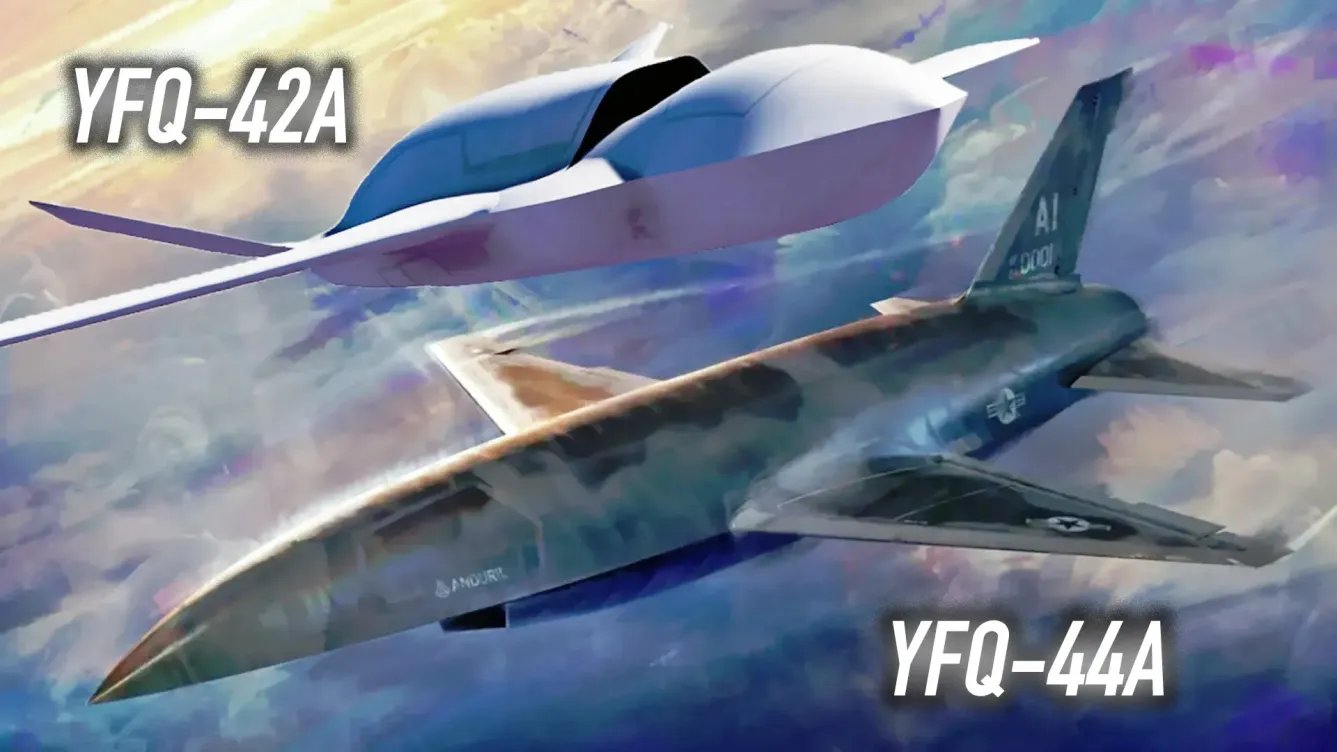
Kunkel added that some of the analysis that’s now helping frame CCA Increment 2 requirements emerged from the Air Force’s studies for its Next Generation Air Dominance (NGAD) ‘fighter’ initiative. The centerpiece of the NGAD effort is a new crewed sixth-generation stealth combat jet, the Boeing F-47, which the Air Force hopes to begin fielding in the next decade.
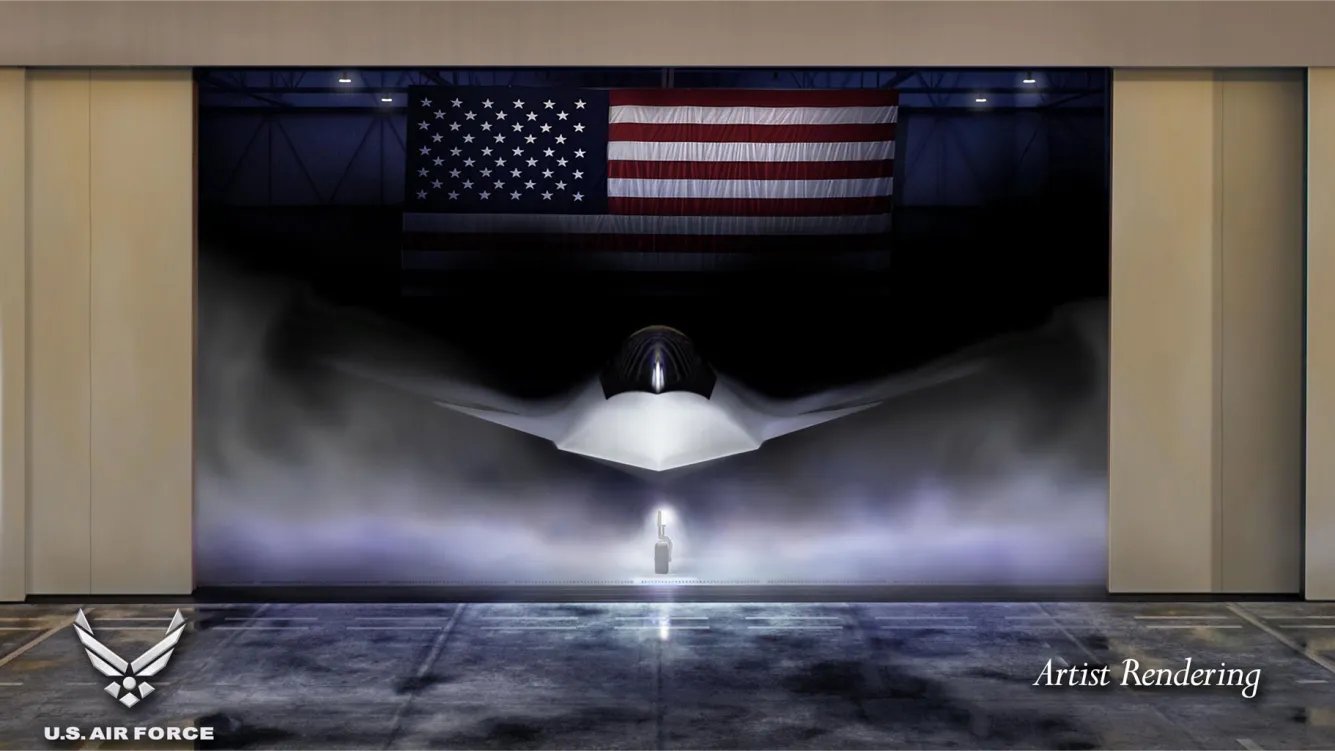
Based on these findings, “We’re looking at a range of CCAs,” Kunkel continued. “I know that as Secretary Kendall left, he said, ‘Hey, it’s going to be more expensive and it’s going to be more exquisite.’ Well, it might be, but we’re also seeing that there’s going to be room for other capabilities that aren’t as exquisite.”
Kunkel was referencing the words of former Secretary of the Air Force Frank Kendall, who suggested that the Increment 2 drones could be between 20 to 30 percent more expensive per airframe than those in the first batch.
Kendall had previously said that the goal was for the price point for Increment 1 CCAs to be between one-quarter and one-third of that of an F-35. This would put the price tag of a single one of those drones at between $20.5 and $27.5 million, based on publicly available cost data. An increase of 20-30 percent in those figures would put the price range for Increment 2 CCAs at between approximately $24.6/$26.65 and $33/35.75 million.
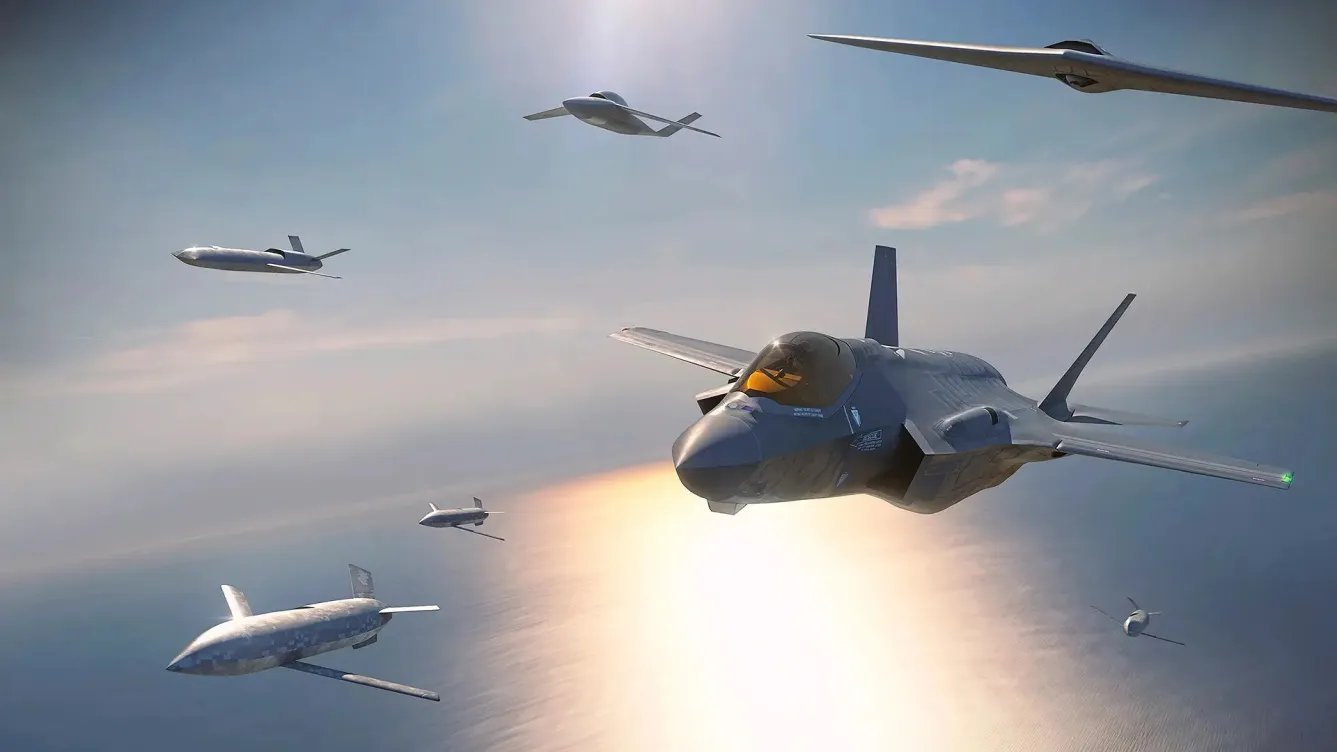
At the same time, Kendall did say he doesn’t believe the Increment 2 CCAs should evolve into high-end exquisite platforms. This came amid serious questions about the Air Force’s ability to afford its next round of CCAs, as well as other future advanced aircraft, including new sixth-generation crewed combat jets and stealthy tankers.
“I think, personally, something that has some increase in cost over Increment 1 would not be outrageous,” Kendall told Air & Space Forces Magazine earlier this year, “20 or 30 percent, something like that.”
Kunkel went further on that theme, noting that the Increment 2 drones — or at least some of them — will very likely be cheaper, to “provide mass.”
“This whole CCA thing started a long time ago,” Kunkel reflected. “You had a bunch of baby F-22 drivers sitting around the bar at Elmendorf going, ‘Man, I ran out of missiles five minutes into the fight. If only I had this loyal wingman that wouldn’t talk back to me but would also be able to just shoot some missiles,’ and we dreamed about this loyal wingman. We didn’t call it CCA back then, but we’re now getting to the point where we’re realizing it.”

As to what Increment 2 might look like, Kunkel said he expects to see “a range of options from low-end to potentially more exquisite. I tend to think that it’s probably going to be closer to this low-end thing.”
We already know the Air Force is working to acquire what could ultimately be a fleet of multiple different types of CCA drones through iterative development cycles. Already, dozens of contractors are also working on other aspects of the program, including advanced autonomous technologies.
When the Air Force starts to look at further CCA increments, Kunkel stated that the service will have to examine how it can best generate combat power. Although “generation of combat power from bases is important, there might be other ways to generate this combat power that don’t rely on bases,” Kunkel said. “So that might be something that we might be looking at as we start looking at future increments of CCA. That is a big portion of it. We’re not just looking at how it fights in the air. We’re looking at how we generate combat power as well.”
Kunkel’s words suggest that the Air Force will be looking at options to launch and recover CCA drones of future increments that don’t rely on traditional, vulnerable runways and expensive related infrastructure. On the one hand, this could involve drones launched from a rail or catapult, but it might also include scope for drones that can be launched from other aircraft.
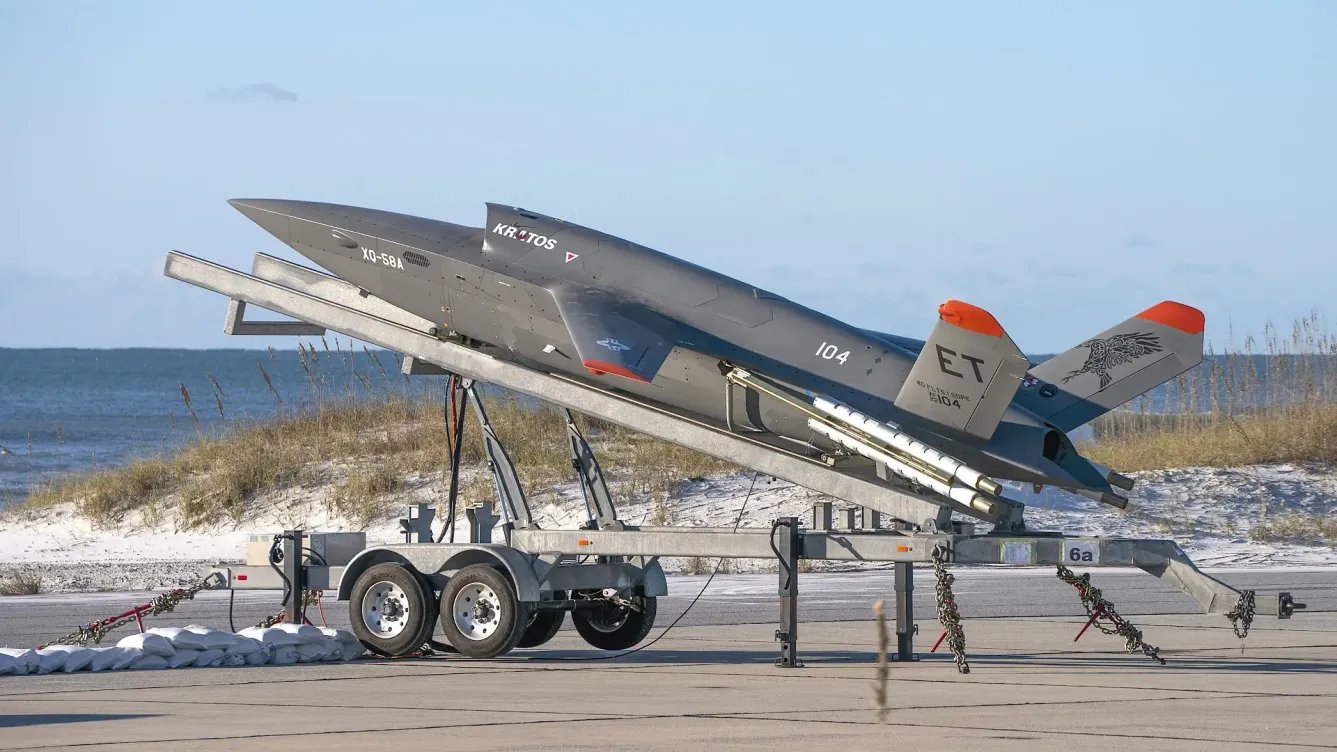
In the past, TWZ has highlighted the value of CCAs able to operate from shorter and/or less improved runways, and the benefits would only increase if they were to be made entirely runway independent, which would also allow them to be more flexibly positioned in forward areas.
Kunkel also provided some insight into how the CCAs (Increments 1, 2, and potentially beyond) will be operated in conjunction with crewed Air Force assets, confirming that the service is looking at integrating the drones with a range of platforms.
The video below from Collins Aerospace presents one notional vision for how CCAs might operate together with crewed aircraft, at least initially:

“The F-47 is going to be one of those platforms,” Kunkel said. “What CCA does in the fight is twofold. One, it provides affordable mass. But the other thing it does is complicate the picture for an adversary. And you know, as an air-to-air guy, we all know that the easiest picture is this single-axis, single-azimuth picture of the fight. Everyone’s coming right at you, and it’s like, ‘Okay, hey, diddle diddle, up the middle, we can take this on.’ What’s more complex and harder to fight is this multi-axis dense-threat environment, and with CCA, we have the opportunity to do that. So CCA integration with F-47 makes the F-47 better.”
As well as a loyal wingman to the F-47, CCA drones will be integrated with the F-35 and F-22 stealth fighters, Kunkel said. Furthermore, “I would suggest potentially in the future, B-21 and E-7, and maybe just CCA on its own.”

All of these different options “complicate the adversary picture [and] put us in a better position where it makes the fight better for all of us. So yeah, CCA integration with a number of platforms is something that we’re looking at.”
Back in 2023, Lt. Gen. James Slife, the Air Force’s deputy chief of staff for Operations, had also raised the idea of CCAs operating alongside B-21s, as well as aerial refueling tankers and cargo aircraft. Meanwhile, the potential of CCAs to assist the E-7 is something that has been discussed for some time, with General Atomics, in particular, having pitched CCA-like drones in an asset-protection role for AEW&C platforms, tankers, and other critical and more vulnerable aircraft.
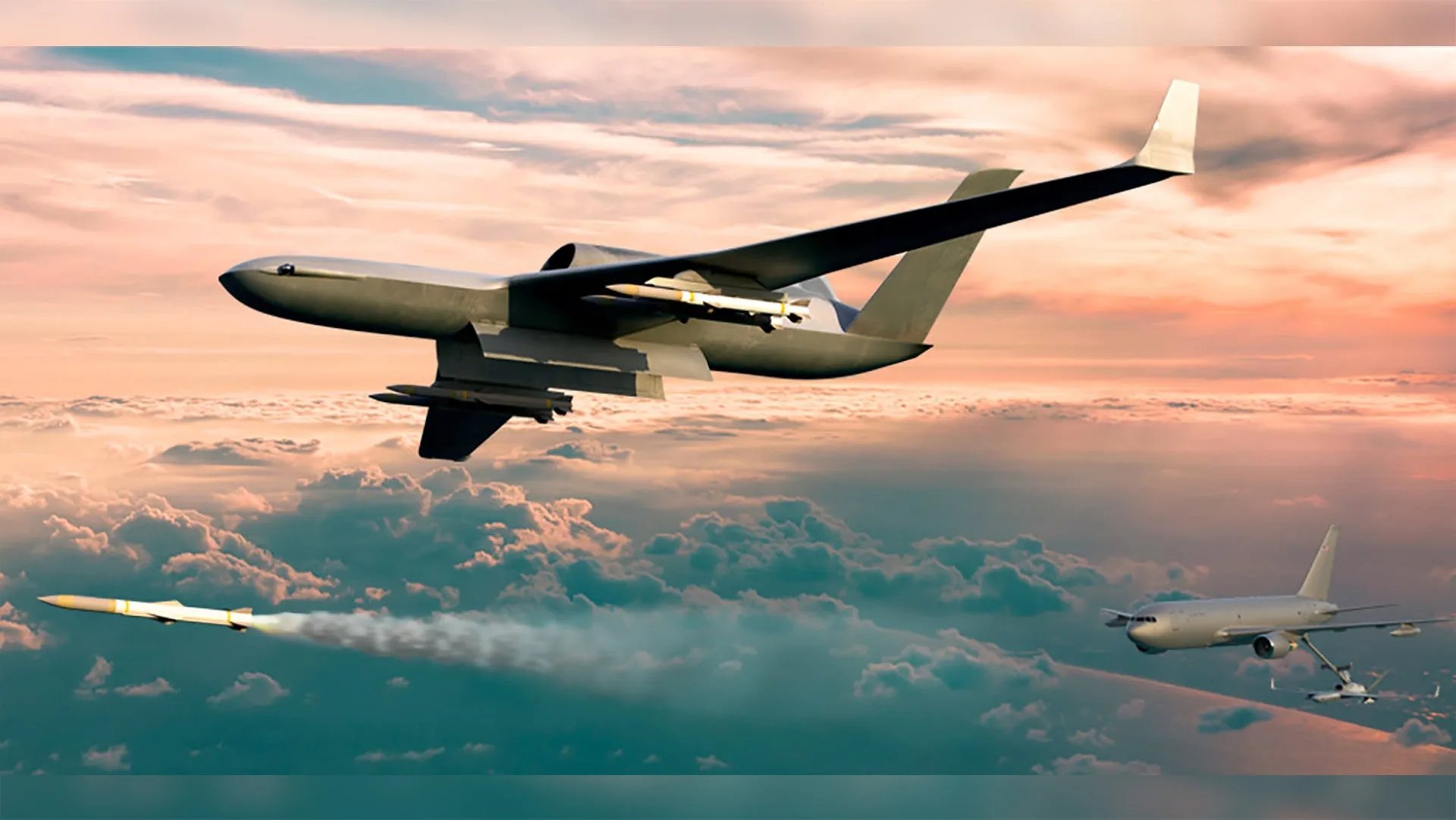
At this stage, there are still many unknowns surrounding CCA Increment 2, although it’s clear that requirements are taking shape. With the potential for CCAs to complement crewed platforms beyond fighters, and with what looks likely to be an emphasis on low cost and combat mass, it’s also likely that the Air Force’s future CCA fleet could grow significantly larger and include multiple different designs.
That is, if all goes to plan.
For all its undoubted potential, the CCA effort still has plenty to prove, and this is a concept very much in its infancy. Whether the Air Force’s CCA ambitions will pan out as Kunkel or other officials envisage them remains to be seen.
Contact the author: thomas@thewarzone.com
